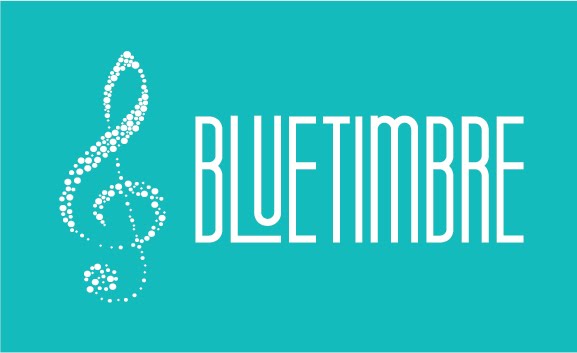People we know are always asking the question "How do we choose a Music School or Music Institute for our child?" and after extensive research and talking to several parents of students attending music lessons, we have compiled 4 things that you must look into when choosing the right place for your child's Music Education.
Students must be able to read and play music NOT learn a tune by-heart. If a student does not know the fundamentals of music then a student will be unable to learn more songs/pieces as they go forward. Ensure your child is being taught correctly. Ask the schools how they teach music.
Infrastructure - A good music institute will invest a certain amount of funds in providing the right infrastructure for students to learn in. Quality instrument(s), acoustically treated room(s) and brightly lit classrooms are a must. In some institutes, the student will be required to carry their instrument, this is alright as long as the required infrastructure to learn to play is provided - for example, notation stands, instrument stands, benches etc:
We hope these 4 points are useful to help you make an informed decision about how to choose the right music school for yourself or your child. Don't compromise on a good school because of distance, time and price - if you can help it. It will really go a long way in learning music and setting the foundation correctly.
BlueTimbre is a Music Company with Music Education spaces, Jam Room and Recording studio located in Whitefield, Bangalore, India. BlueTimbre provides complete end-to-end Music Education solutions for schools. The BlueTimbre team comes with decades of cumulative experience in running structured businesses, music curriculum development, music education and performance.
#1 - Quality of Music Education
The first thing we must understand that music is a language just like English, Hindi, Russian and others. The school you pick must teach the music alphabets, then onto reading and writing music. All musical concepts such as pitch, melody, rhythm must be taught. The student must begin with the fundamentals of music and then build upon that with songs and other musical pieces.Students must be able to read and play music NOT learn a tune by-heart. If a student does not know the fundamentals of music then a student will be unable to learn more songs/pieces as they go forward. Ensure your child is being taught correctly. Ask the schools how they teach music.
#2 - Curriculum & Infrastructure
Curriculum - A music institute will typically follow either a contemporary or classical curriculum. You need to understand the difference between the two. Classical Music is music produced or rooted in the traditions of Western music. While a more precise term is also used to refer to the period from 1750 to 1820 (the Classical period), during which, this type of music was created. Noted Classical music composers include Mozart, Beethovan, Bach, Vivaldi etc. Contemporary Music is the current music (30-60 years) and covers all the modern genres including Rock, Pop, Jazz, Funk, Country etc.
#3 - Quality of Teachers
A good music institute will go the extra mile to ensure that they have good teachers who are qualified to teach what they are hired for. For instance, a guitar teacher must be certified in a renowned curriculum (Rockschool, Trinity, ABRSM) for guitar. In addition, a teacher must be trained and familiar with the curriculum being followed at the music institute. For beginner students, you must have a teacher who has completed their Grade 3 or 4. For intermediate to advanced students, you must have a teacher who had completed their Grade 7 or 8 or holds a Diploma in music.#4 - Policies, Terms of Operation
Last but not the least, every company operates in their own manner under certain policies. You must read and understand their terms of functioning thoroughly before enrolling the student in any music institute. However, we often find that if a school is strict with its policies, they tend to deliver better quality services. Find the right balance between the quality of services and their terms of operation.We hope these 4 points are useful to help you make an informed decision about how to choose the right music school for yourself or your child. Don't compromise on a good school because of distance, time and price - if you can help it. It will really go a long way in learning music and setting the foundation correctly.
BlueTimbre is a Music Company with Music Education spaces, Jam Room and Recording studio located in Whitefield, Bangalore, India. BlueTimbre provides complete end-to-end Music Education solutions for schools. The BlueTimbre team comes with decades of cumulative experience in running structured businesses, music curriculum development, music education and performance.

















